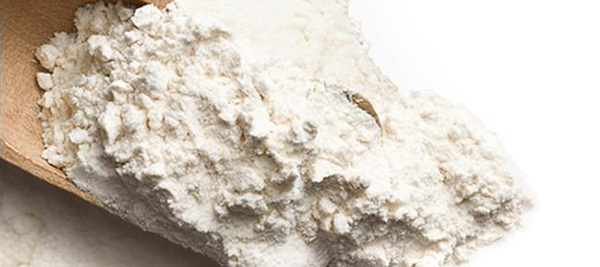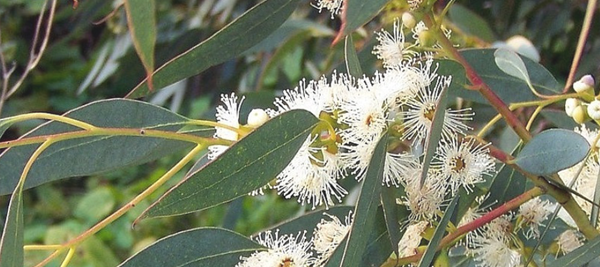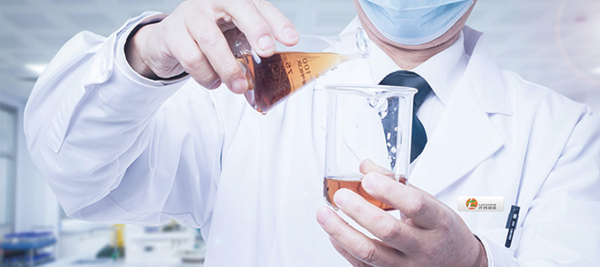Controlling streptococcus infection decreases tilapia larval mortality
One of the common diseases found in tilapia is a streptococcal disease caused by the Streptococcus agalactiae bacteria. The treatment of this disease is generally done by applying antibiotics. The misuse of antibiotics in controlling disease in fish can create resistant bacterial strains with certain doses [1]. An alternative and safe treatment way is required.
1. Disease triggering factors:
high and low water temperatures, high salinity, and alkalinity (pH>8), low dissolved oxygen concentration, poor water quality (high ammonia or nitrite concentrations), high stocking densities, as well as harvesting and handling stress [2].
2. Disease virulence factors:
hemolysin, surface proteins, capsular polysaccharides (CPS), Christie-Atkins-Munch-Peterson (CAMP) factor, hyaluronidase (HAase), serine-threonine protein kinase (STPK), and superoxide dismutase (SOD) are common bacterial toxins with negative effects on host health and immunity [3].
3. Phagocytic attack:
surface proteins (bacterial toxins) bind to fibrinogen to inhibit phagocytic activity, in addition, a-anolase (bacterial toxin) destroys fibrin clots and facilitates bacterial spreads. Surface protein also bind to immunoglobulins. The bacterial peptidases C5 destroy chemotactic signals and hence disrupts phagocyte recruitment. The bacterial streptolysin destroys lymphocytes, erythrocytes, and neutrophils [4].
4. Management:
The optimal water temperature for the growth of tilapia ranges between 29℃ and 31℃, but the water temperature of >31℃ causes Streptococcus agalactiae infection outbreaks. Although tilapia can survive acute low dissolved oxygen (DO) concentrations of less than 0.3 mg/L for several hours, DO concentration greater than 5 ppm is required for a good growth of tilapia. The unionized ammonia concentration should be less than 0.2 mg/L to avoid ammonia toxicity. pH range of 6 to 9 is convenient for better growth performance [2].
5. Bile acids
could offer a specific action in disease control, since bile acid shows a dialysis effect on the pathogenic bacterial cell wall [5], chelating reaction with the bacterial virulence factors [6-11], and even an interaction with host immune system mediating the side effect of the other virulence factors (which they are not chelated by bile acids) on host immunity [12-17].
Bile acids play important roles in energy production from fat in tilapia feed to provide the energy for growth, heart, and immune system activities. Energy production from fat includes fat digestion, fat absorption, and fat breakdown. Bile acid is responsible for increasing the fat delivery from feed to the intestinal wall, since bile acid increases the emulsification of fat in feed and facilitating the lipase activity to breakdown the complex fat to fatty acids, and deliver those fatty acids to the intestinal wall. Additionally, bile acid induces fatty acids breakdown in liver and muscle tissues by inducing the activity of some important genes (PPARs).










